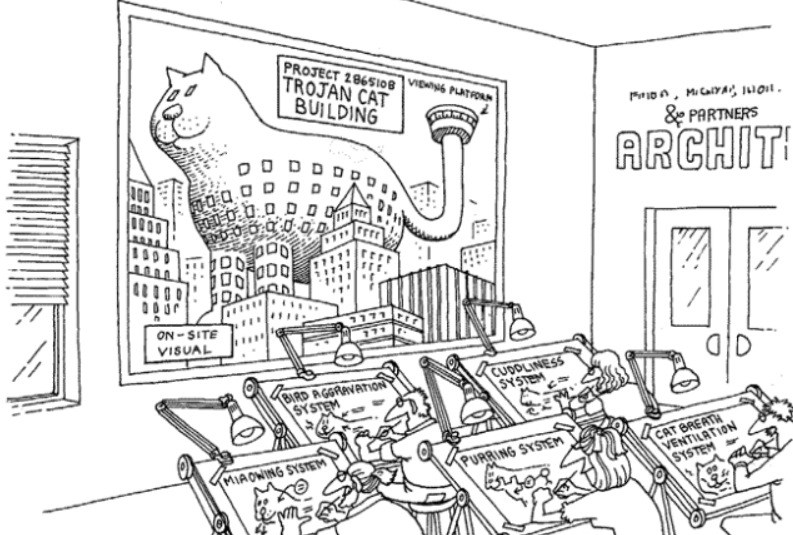Object-Oriented Analysis and Design
Object-oriented analysis: The purpose of any analysis activity in the software life-cycle is to create a model of the system's functional requirements that is independent of implementation constraints.The main difference between object-oriented analysis and other forms of analysis is that by the object-oriented approach we organize requirements around objects, which integrate both behaviors (processes) and states (data) modeled after real world objects that the system interacts with. In other or traditional analysis methodologies, the two aspects: processes and data are considered separately. For example, data may be modeled by Entity Relationship Diagrams, and behaviors by flow charts or structure charts. Common models used in OOA are use cases and object models. Use cases describe scenarios for standard domain functions that the system must accomplish. Object models describe the names, class relations (e.g. Circle is a subclass of Shape), operations, and properties of the main objects. User-interface mockups or prototypes can also be created to help understanding.
During object-oriented design (OOD), a developer applies implementation constraints to the conceptual model produced in object-oriented analysis. Such constraints could include the hardware and software platforms, the performance requirements, persistent storage and transaction, usability of the system, and limitations imposed by budgets and time. Concepts in the analysis model which is technology independent, are mapped onto implementing classes and interfaces resulting in a model of the solution domain, i.e., a detailed description of how the system is to be built on concrete technologies.Important topics during OOD also include the design of software architectures by applying architectural patterns and design patterns with the object-oriented design principles.
Object-oriented modeling (OOM) is a common approach to modeling applications, systems, and business domains by using the object-oriented paradigm throughout the entire development life cycles. OOM is a main technique heavily used by both OOD and OOA activities in modern software engineering. Object-oriented modeling typically divides into two aspects of work: the modeling of dynamic behaviors like business processes and use cases, and the modeling of static structures like classes and components. OOA and OOD are the two distinct abstract levels (i.e. the analysis level and the design level) during OOM. The Unified Modeling Language (UML) and SysML are the two popular international standard languages used for object-oriented modeling.

